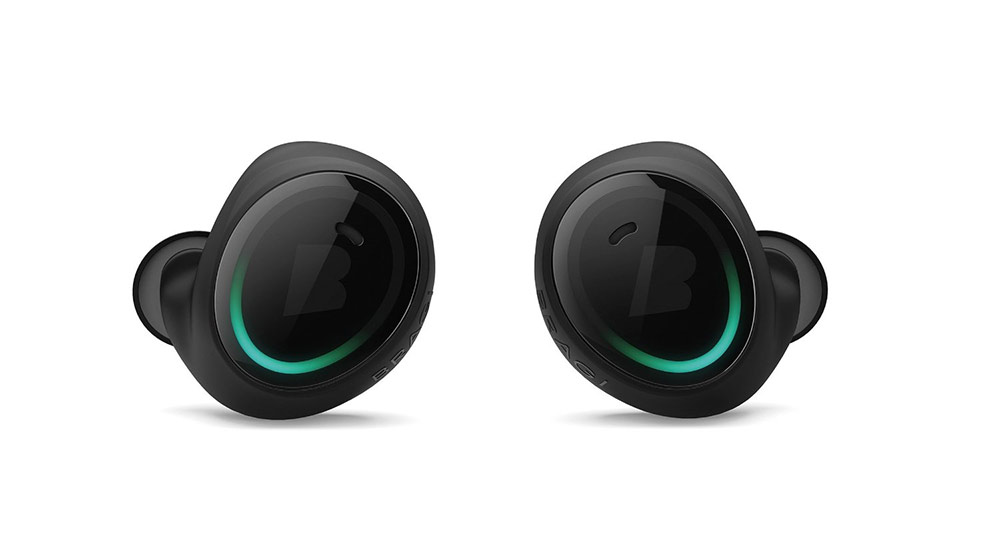Audiophiles will spend thousands on top end stereo equipment. Meanwhile, the casual listener may buy earbuds online for a fiver. What you pay for depends largely on how much you care about quality. This guide can help the everyday person to choose the best audio equipment for them, as well as explaining a few of those foreign terms like ‘crossover’ and ‘satellite’.
Microphones
Let’s first start with microphones. The most common types are headset mics and desktop mics. There are also professional microphones for singing and talking at events, but we’ll focus on home mics for now.
Desktop mics can be useful for vlogging, skype calls or creating bedroom produced music. Headset mics meanwhile can be useful for gaming and telephone heavy jobs, combining headphones for listening to other people. You don’t want a cheap mic as this will make your voice distorted. That said, you needn’t spend over two hundred dollars on a decent mic.
Some good terms to look for when buying are ‘noise canceling’ (this will cancel out background noise) and ‘high sensitivity’ (picks up more sound, so it won’t be so muffled). When buying a headset mic meanwhile, you may want to opt for a wireless one so that you have freer movement.

Speakers
Speakers have all kinds of complex terminology attached. If you’re just buying a pair of speakers most of this terminology won’t matter. However, when it comes to a full surround sound speaker setup, subwoofer and all, some of this vocabulary may be worthwhile knowing.
‘Crossover’ for example applies to how sound is distributed between each of your speakers. It will determine how much bass goes to the subwoofer and how much treble goes to the tweeter (‘Subwoofer’ and ‘tweeter’ are just two components in a speaker setup). We recommend opting for an active crossover rather than a passive one, which distributes specific sounds to each speaker and uses less power. You should also consider whether these speakers will be floor-standing or ‘satellite’ – the latter term applies to speakers which can be mounted on walls or in the corners of the room.
Whether you’re listening to music or setting up a home theatre for your TV, you should expect to pay $1,500 to $2,000 for a mid-range speaker setup. Anything below that may be a little temperamental, whilst anything above that is for sound geeks only.

Headphones
Much of the terminology of speakers applies to headphones. There are two main types of headphones – earbuds and overhead speakers.
Earbuds are better for when you’re on the move and whilst you can buy these cheap for a fiver, these are likely to break within a month. There are many places online where you can find the best earbuds for under 100 dollars – you don’t want to spend more than this.
Overhead headphones meanwhile are better for home use or when you’re sat down and on the go (i.e. on a train, but not at the gym on the treadmill). For average listening, we don’t recommend spending any more than two hundred dollars.
Some good terms to look out for are ‘noise canceling’ (this will block out background noise) and ‘removable cable’ so that you can take the cable out when not in use.
